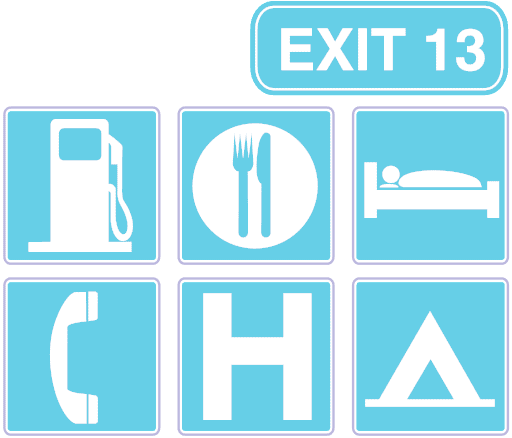Almost all products can be separated into goods and services. A good and a service are different from each other, although in today's world there are a wide variety of companies that offer a mix of these.
There is a great difference between goods and services based on whether they are tangible or intangible. Products are basically objects that have to be manufactured, stored, transported, marketed and sold. BMW and Adidas are some companies that manufacture goods.
The services on the other hand are delivered through people and can be a collective or individual action. For example, a hairdresser or a lawyer are providing individual services. Airlines, on the other hand, have airplanes which is a product, but customers who travel on airplanes pay for a service (airlines are one of the most competitive service sectors today).
Advertisements
Thus, the difference between goods and services is based on tangibility. Goods are tangible by nature, services are mostly intangible. The classic rules that defined services were intangibility, heterogeneity, perishable, and variability. However, although the old rules are applicable even today, several new rules have been added to define the difference between goods and services.

The 8 points mentioned below will help differentiate goods from services:
Ownership is not transferred: In the purchase of a service, the ownership is not transferred to the end customer. If you buy a car, the car is yours. But if you buy a ticket for an airline, the airline is not necessarily the consumer's.
Advertisements
Intangibility: How is service measured? In a restaurant, the plate can be measured, but the efforts disappear, in other words, making the same dish by two different chefs cannot be measured from the customer's end. The time and effort spent providing customer service are intangible. Both property and intangibility are the "old school" differences between goods and services.
Customer participation: When comparing the difference between goods and services we have to look at customer engagement as well. In services, customer participation is much more than in products. For example, ATMs are services in which the customer has to use the machine. The same goes for vending machines, as well as for self-service restaurants. Today ice cream chains like Hokey Pokey and the food chain like Subway have more than 50% the customer participation, where the customer can decide the ingredients they want in their ice cream / sandwich.
Advertisements
Quality: For products, mass production is common. And mass manufacturing means uniformity. However, services are labor intensive as quality can vary greatly. Uniformity in services is a factor that each service owner tries to homogenize. For example, the great challenge of food chains like Subway, Pizza Hut and McDonald is to provide the same quality over and over again.
Evaluation of services is more difficult: As the quality varies a lot in the services and the participation of the clients is maximum, the evaluation of the different services becomes more difficult.
Inventories: The production and consumption of services happens at the same time. This does not mean that the raw material is not present to provide the service. For example, in a restaurant, a dish is made only after you order it. The raw material and the chef can be present. But production does not start unless and until there is a customer to consume the service.
Time is very important in services: Because inventories are absent in services, and because production and consumption is at the same time, time is a radical difference between goods and services. The keyword here is «delay«. There should be no delay in the provision of the service. Thus, the cabin must arrive on time, food must be prepared on time, and trains must run on time. Time happens to play a key role.
Advertisements
A) Yes, the difference between goods and services it is based on many different factors. These factors become more and more acute as the service sector raises demand.


